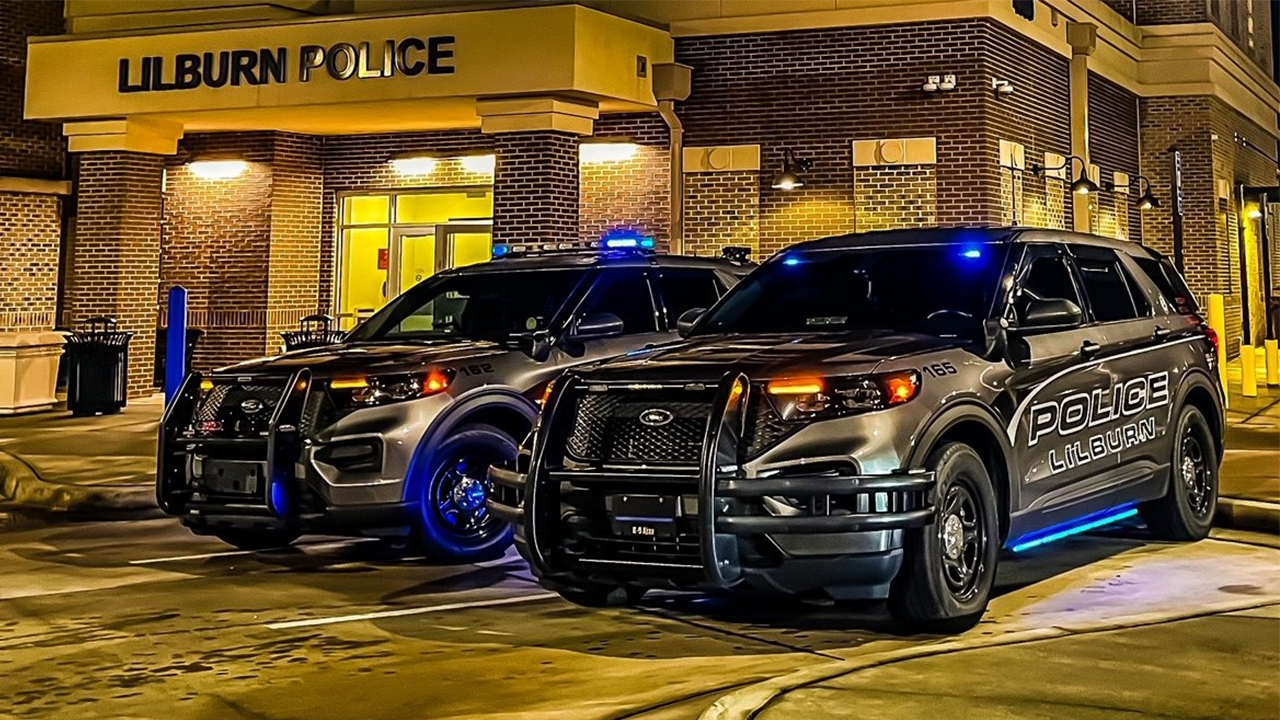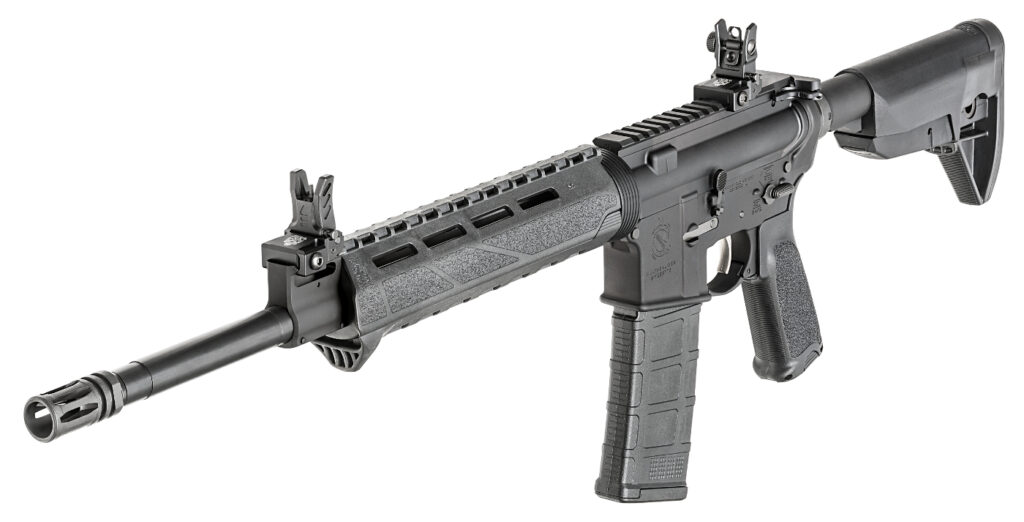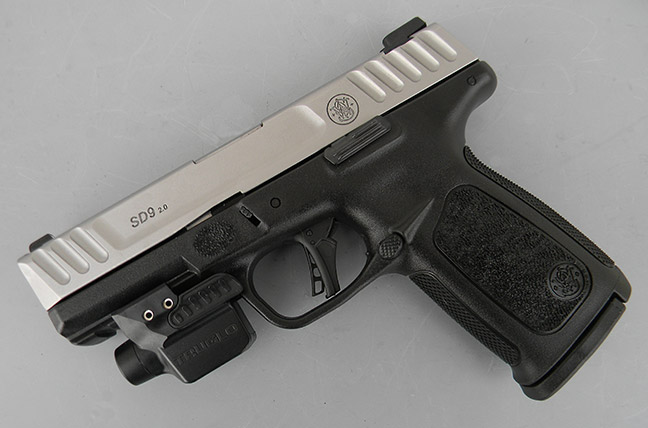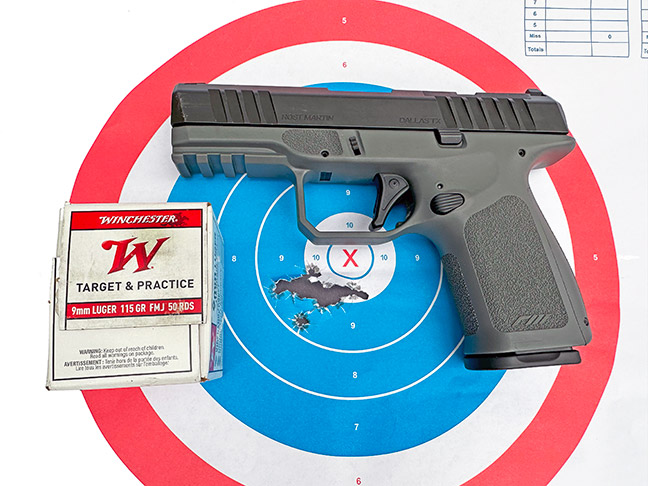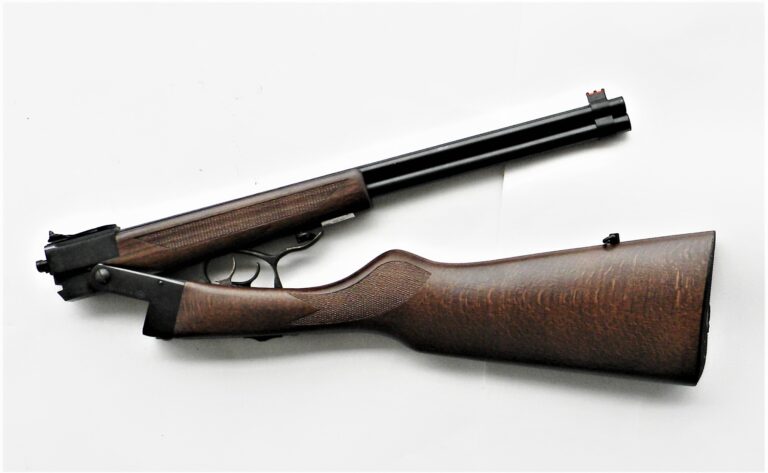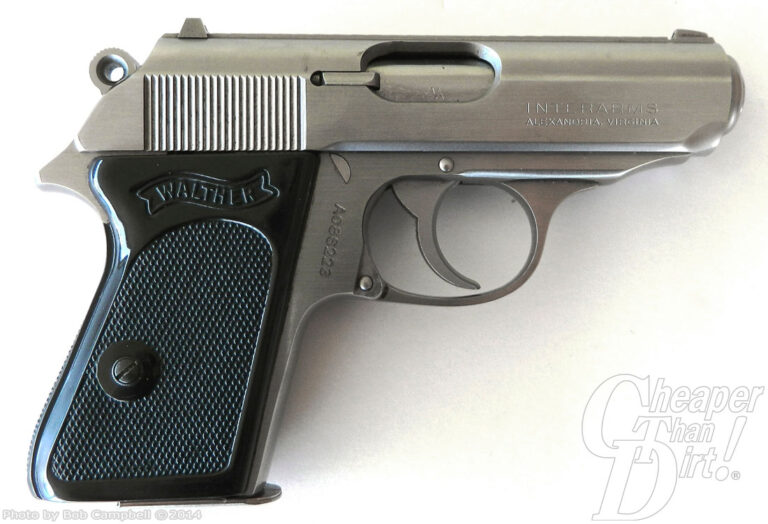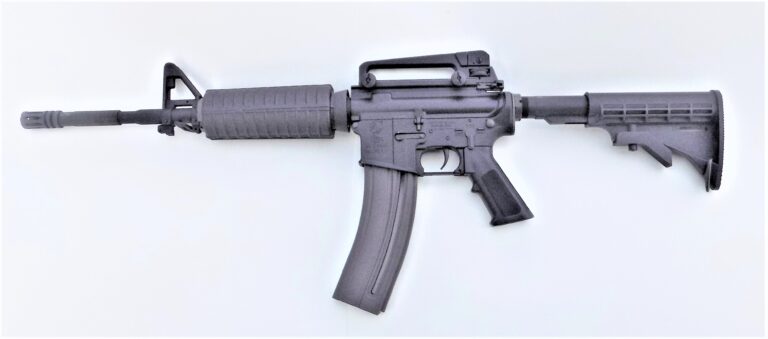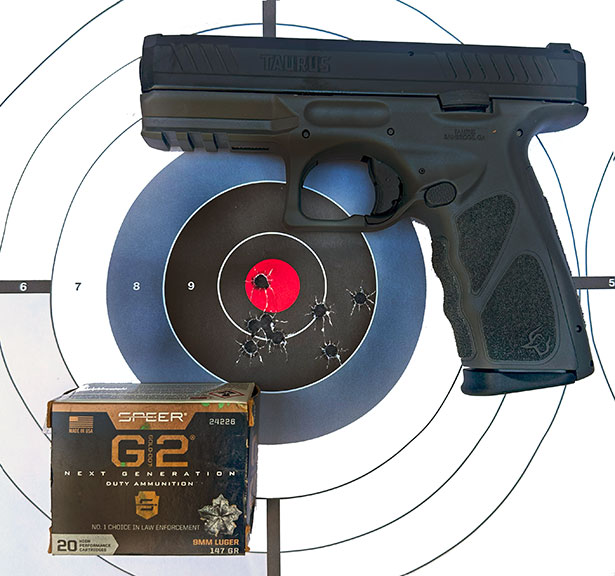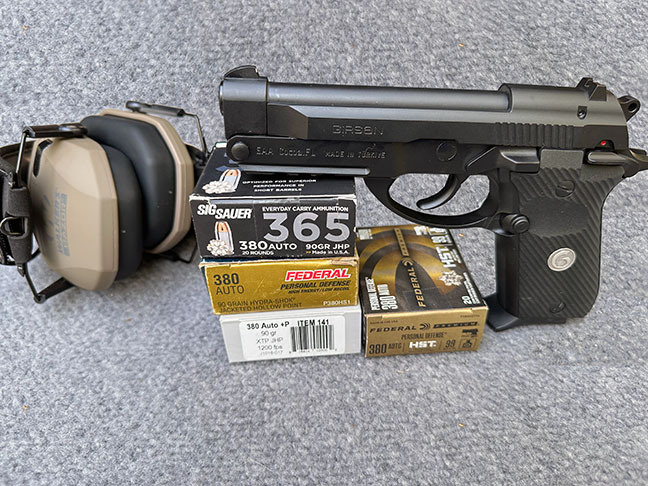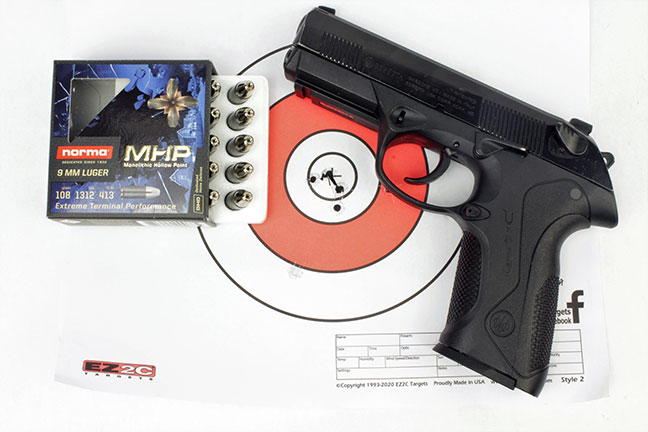I am pretty well known as a huge DIY AR-15 advocate, and also for some of the full-custom projects I’ve been either responsible for or associated with. That means that I’m not normally impressed with an AR-15 that comes out of a box complete. One of the reasons for that is because there’s usually something (and often a long list of some things) that I would have wanted to be done differently. I’d also be looking over it and making notes on what I had to replace to get it up to speed and then out to the range. Not the Springfield Saint.
This doesn’t mean that all things on the Springfield Saint are absolutely stops-out top of the line. It means that they are all what they should be. And they are, indeed, all there. Keep in mind that when we’re talking about AR-15s, we’re talking about pieces — parts more than we are a whole package. So when I say “they are all what they should be,” that means Springfield Armory wrote the right build sheet. They got the parts right or got the right parts… however you want to look at it.
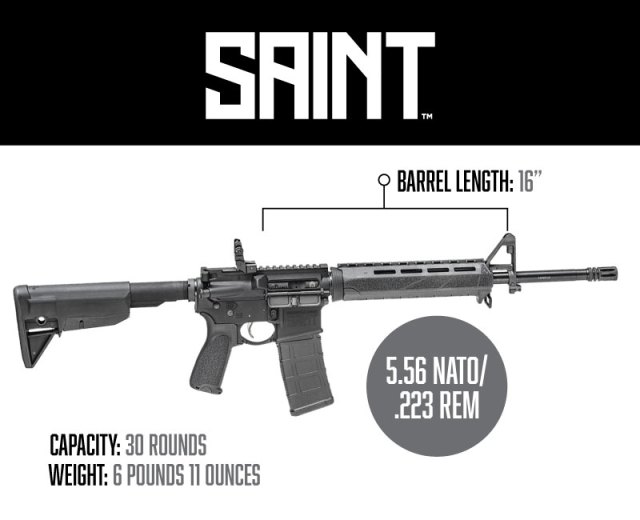
A Brief History
The Saint series was introduced in 2016. That’s a good long while after when they could have done it. They fixed it before they released it. “Fixed it” means all the issues we (and me very loudly) have identified have been incorporated by Springfield Armory. (Details forthcoming…)
Note: There is a sizable model-option list across the whole Saint line, and I’m going to focus primarily on the basic carbine, simply called the Saint.
There’s also the Saint Edge and Saint Victor models, each available as carbine, short barreled rifle (SBR), or pistol — and the Victor can be a .308 Win. or 9mm. Look closely at the specifications list on the Springfield Armory website and see the detail differences. And of course, notice the retail-detail differences! As always, higher-rev is higher cost.
The Right Stuff
The carbine version, the base Saint, has a mid-length gas system. That’s a huge help! A mid-length design moves the carbine (16-inch barrel) gas port location from seven out to nine inches. The result is lower gas port pressure, nicer manners and better function.
The extended port location also means a shorter post-port barrel length, and this reduces the time the system is under max pressure. Symptoms of excessive pressure are well known: extraction and/or feeding issues and general battering of the gun and its cartridge cases.
The new USASOC contract gun, the URG-I, which I reviewed in these pages a while back, also made use of the mid-length. It works. Another nice touch on the Springfield Saint is that, like that URG-I, the gas block is pinned in place, not just affixed with set screws. Further, and always near the top of my list for a carbine build, is an H-weight tungsten buffer that comes standard on a Saint. One more thing you don’t have to buy, but would otherwise! The combination of the mid-length gas system and the heavy buffer make a Saint very soft shooting.
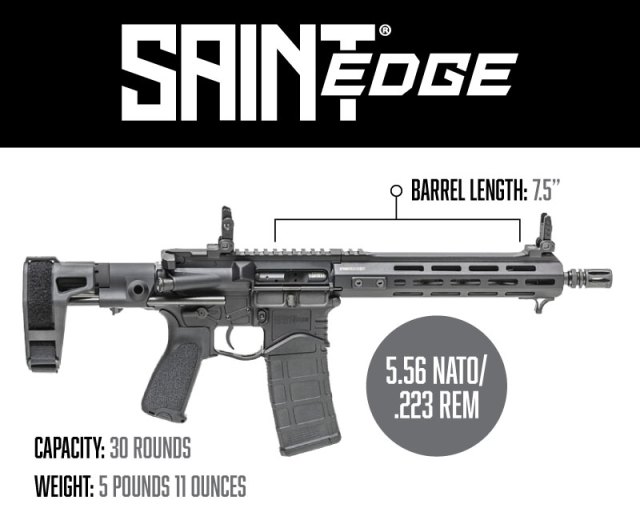
Specs and Features
Parts are straight off the “recommended” list, as Saint uses an M16-profile USGI-spec bolt carrier group with a select Carpenter 158 bolt. Barrel is Chromemoly Vanadium, Melonite coated inside and out, 1:8 twist and a NATO chamber. All good.
Furniture on the Saint is from Bravo Company, another good choice (very popular and highly recommended in the aftermarket). The BCM Gunfighter forend uses M-Lok attachment slots. It’s not free-floating, but it is worlds beyond USGI for ergonomics and utility.
Step up to the next level of Saint models and you’ll see a nicely designed free-float tube. That is a recommended consideration. The free-float tube makes a noticeable difference in on-target accuracy. The stock is BCM Gunfighter Mod O, and the trigger guard and grip also are from Bravo Company. Springfield knows when to invent their own wheel, and when there’s just no reason to reinvent a perfectly functioning wheel available from worthwhile others. Smart and wise.

The trigger is standard USGI congfiguration, but it’s not standard USGI performance. The parts are more precisely machined, meaning they then more precisely fit together, and the whole works is Nickle Boron-coated. It’s not bad! Expect break weight in the five-plus (a little at least) pound range, and it’s pretty clean. Worlds better than a stock USGI. Springfield Armory’s choice of trigger fits perfectly into this whole package as I’m warranting it — you really don’t have to run out and buy a Geissele before you can shoot it.
Saints come with sights! Okay, they’re nothing high-rev, but they’re there. It’s a good-enough set of “flip-style” irons, 1/2 MOA adjustable; simple, sturdy. That’s not at all a big deal to many (maybe most), because in this day we pretty much have to accept that purchasing an accessory sight is a part of a new gun package. I think it’s a wonderful thing, though, because I will recommend this gun for a brand new (at least new to AR-15s) owner. It is possible to head for the range and give it a spin just as it comes out of the box.
It ships with a Magpul brand magazine. Another bonus, another “one less thang” to purchase. Well, you’ll likely want a few more, but Magpul is good.
How It Compares
Back to the start: Springfield Armory chose a good build sheet for the Saint. There’s nothing this gun needs. There are things some shooters will want. Needs and wants are largely, honestly, subjective, and I’m stepping outside a might here to presume how we all perceive values. But, the point is, that what’s there is good; it’s well and wisely chosen.
That is, to me, what separates the Saint series from the radical majority of boxed guns I’ve seen on the market. Sgt. Martin and I used to have a laugh when someone would ask either of us, “Hey, have you seen so-and-so-manufacturer’s new AR-15?”
And we would ask, “What’s NEW about it?” Dead silence. Right. It’s an AR-15 made by someone else. In the same way, the Saint is an AR-15 made by Springfield Armory. What is new about it, though, is that they got it right. The Saint series — every variation in the lineup — has engineering ideas and specific parts incorporated to ramp up these guns to what “we,” custom builders, have been incorporating for years now.

The Saint series, though, isn’t custom guns. Maybe some, like the Saint Edge models, could be called “semi-custom,” but in truth, they are Saints upgraded with touches that builders incorporate to take another step up in performance. The value is still there. Doing my own calculations, Springfield sure doesn’t seem to be artificially running up the price to offer the higher-cost features (like some “factory custom shops” seem to do). A basic Springfield Saint has a retail of $950 or so.
Conclusion
When I think of factory-built “premium” AR-15s, my first thought is Wilson Combat. When I think now of “really good AR-15s,” my first thought goes to Springfield Armory. I am also fully aware that Springfield Armory is not the only source for “good” factory AR-15s, and also those at an equitable price point. However, Springfield Armory is a major maker. The Springfield Saint is backed up well by people who really truly want you to enjoy your (their) firearm.
Have you used the Springfield Saint? Do you notice any other differences when compared to other AR-15 platforms? Let us know in the Comments section.
Editor’s note: This post was originally published in October of 2019. It has been completely revamped and updated for accuracy and clarity.
Read the full article here

